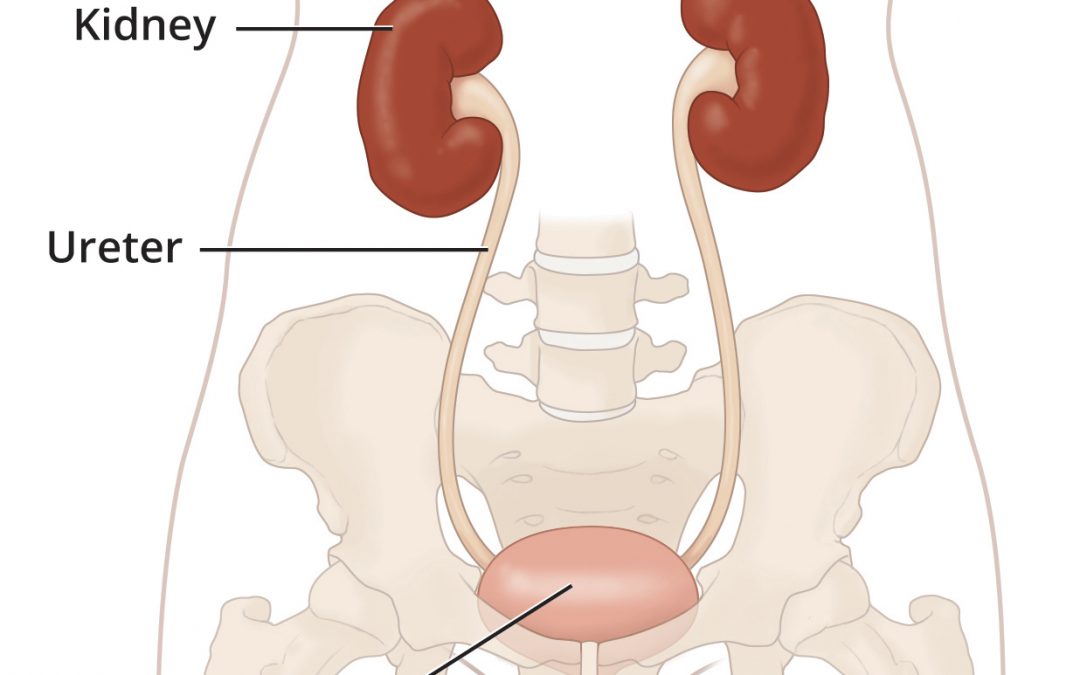 Whether you are young, middle aged, or elderly, male or female the occurence of a urinary tract infection can cause serious pain and discomfort, or even behavioural changes such as confusion, agitation or withdrawal as the bacteria circulates through the bloodstream and crosses the blood brain barrier, adversely affecting the neurological system.
Whether you are young, middle aged, or elderly, male or female the occurence of a urinary tract infection can cause serious pain and discomfort, or even behavioural changes such as confusion, agitation or withdrawal as the bacteria circulates through the bloodstream and crosses the blood brain barrier, adversely affecting the neurological system.
Our clinicians are well versed in the natural prevention and treatment of this common complaint and have access to comprehensive bowel screening to ascertain exactly what bacteria are out of balance in your system. This can be succssefully utilised for many functional disorders that cause disruption to any system in your body.
Here are a few tips to assist your understanding of UTIs. Please feel free to contact PRFX for a detailed, online consultation, should you require any assistance to SPRING INTO WELLNESS.
In the meantime, there are steps you can take to reduce the risk of urinary tract infections which inclde
HYDRATION : Drink plenty of liquids, especially water.
CRANBERRY reduces the ability of bacteria to adhere to the wall of the bladder. Drink cranberry juice, but avoid added sugar
WIPE from front to back following a bowel motion. E. Coli resides in the intestines and easily contaminates the vagina and in women the urethra, the duct which conveys urine from the bladder and is in close proximity
EMPTY your bladder soon after intercourse
AVOID potentially irritating feminine products such as scented sprays, soaps and cleansers
An infection in any part of the urinary system, the kidneys, bladder or urethra, Urinary Tract Infections are more common in women.
They usually occur in the bladder or urethra, but more serious infections involve the kidney.
A bladder infection may cause pelvic pain, increased urge to urinate, pain with urination and blood in the urine. A kidney infection may cause back pain, nausea, vomiting and fever.
UTIs are caused by the bacterium Escherichia coli (E. coli), usually found in the digestive system. Chlamydia and mycoplasma bacteria can infect the urethra but not the bladder.
UTIs are given different names depending on where they occur.
Urinary tract infections don’t always cause signs and symptoms, but when they do they may include:
A strong, persistent urge to urinate.
A burning sensation when urinating.
Passing frequent, small amounts of urine.
Urine that appears cloudy.
Urine that appears red, bright pink or cola-colored — a sign of blood in the urine.
Evidence suggests that more than one-third of all infections in people in nursing homes are UTIs.
More than 10 percent of women over age 65 report having a UTI within the past year. That number increases to almost 30 percent in women over 85.
Men also tend to experience more UTIs as they age.
The elderly are particularly susceptible to urinary tract infections.
Elderly men and women also experience a weakening of the muscles of the bladder and pelvic floor, which can lead to increased urine retention (incomplete emptying of the bladder) and incontinence. These things all contribute to infection.
The classic symptoms of a urinary tract infection (UTI) are burning pain and frequent urination.
UTIs may not cause these classic symptoms in older adults. Instead, older adults, especially those with dementia, may experience behavioral symptoms such as confusion, irritability or uncharacteristically aggressive behaviour or withdrawal.
This is largely due to the bacteria in the urine spreading to the bloodstream and crossing the blood-brain barrier, resulting in confusion and other cognitive difficulties.
Sudden onset of these symptoms should lead one to investigate possible UTI.




